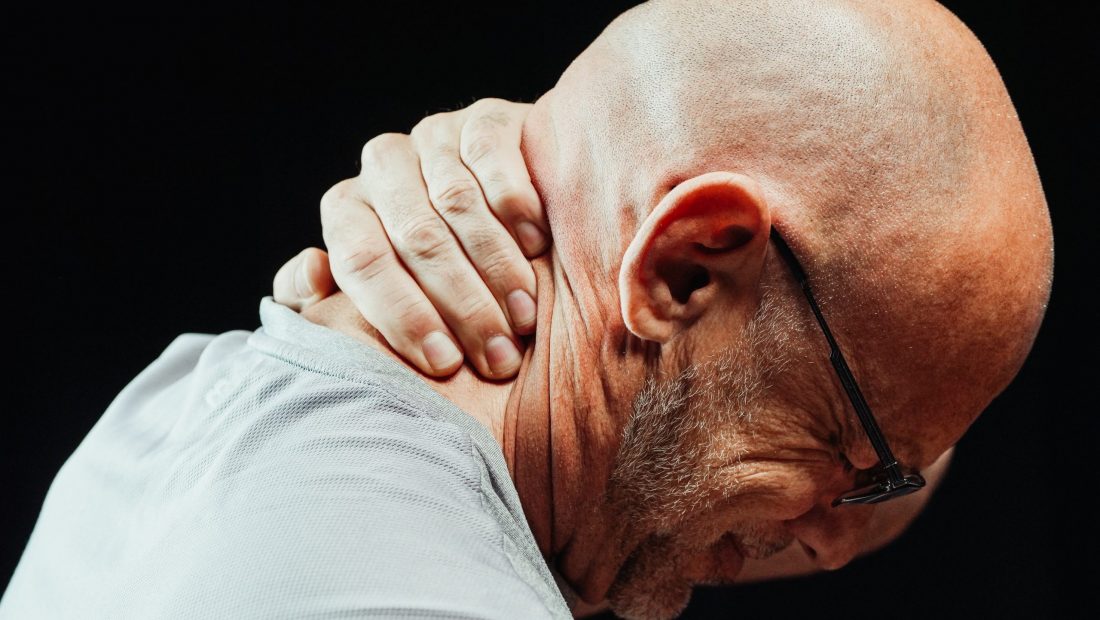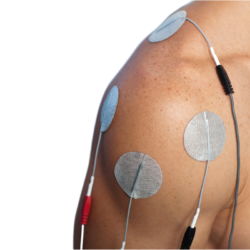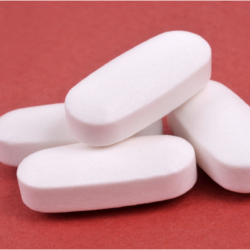Neck pain and stiff necks are common. Although usually mild, they can be extremely painful. However, simple actions can help prevent or relieve them. Torticollis – derived from the Latin tortus (twisted) and collum (neck) – is thus defined as a twisted neck.
What is a stiff neck ?
A torticollis is a more or less painful contracture, always very annoying, of the muscles of the neck and which causes a limitation of the rotational movements of the head. The positions of the head during the crisis are however variable: head in rotation (torticollis), tilted in flexion forward (antecolis) or in extension backward (retrocolis).
There are several types of torticollis, with very different healing times and degrees of severity:
The common torticollis or muscular torticollis :
We all, or almost, the memory of such an affection; after a sudden or forced movement of the neck, or in the morning on waking, following a bad position of the neck during sleep or a change of pillow, the pain is therefore sharp and the movements of the head painful. It is a trivial condition that usually goes away after 2 to 3 days with rest.
Congenital torticollis or permanent muscular torticollis :
As its name suggests, it is present from birth and results from the insufficient development of one of the lateral muscles of the neck or sternocleidomastoid. This type of torticollis is permanent and painless, but will have to be operated as soon as possible, that is to say during the first years.
Spasmodic torticollis :
It is a pathology classified in dystonias. Generally speaking, dystonia is a disorder of the tone or tone of a tissue or organ. In fact, there are many forms of dystonias, from the mildest to the most serious. These can be particular postures triggered by movement or maintaining an attitude. The torticollis and the cramp of the writer are thus part of what one calls the focal dystonias.
What are the symptoms of muscle stiff necks ?
When a person has pain in the neck, the muscles in the back of the neck are hard and tight. The movements of his head become painful, and in some cases the pain radiates to his back or arms. The muscle pain sometimes turns out to be such that it becomes impossible to keep your head upright: it is torticollis.
What are the causes of stiff neck ?
In most cases, neck pain is caused by muscle contracture due to poor sitting or lying posture. Certain conditions of the cervical spine or shoulder can also cause stiff neck; This is the case, for example, with damage to the intervertebral discs (herniated disc) or osteoarthritis in the joints between the vertebrae of the neck.
The causes of spasmodic torticollis are poorly understood. It is believed to be disorders that have their origin in poor functioning of certain areas of the brain, or chronic irritation of the nerve that controls contracted muscles.
In children, stiffening of the neck is sometimes seen with infection of the ears, throat or teeth. The most feared cause of a sudden stiffening of the neck is meningitis, which is accompanied by fever and headache. In this case, it is necessary to consult urgently.
Some naturopathic tips to relieve stiff neck pain
- A neck massage once or twice a day with an analgesic gel can help with relief. Some of these preparations contain terpenes (menthol, camphor, eucalyptol) which have a local heating effect (revulsive effect). The heat thus helps to relax the muscles.
- Apply heat to relieve tension caused by stiff neck.
- Get a massage to relieve pain.
- Stretch to avoid neck blockage.
Medicinal plants side :
-
Lemon Eucalyptus leaf essential oil :
When applied to the skin, this plant has muscle relaxant, anti-inflammatory and analgesic properties (the citronellal it contains reduces inflammation mediators, inhibits PGE2 prostaglandins and has antioxidant action).
-
Valerian standardized plant extract :
Valerian is spasmolytic, sedative, tranquilizer, muscle relaxant and nervous system depressant. This plant inhibits reuptake and stimulates the release of GABA (inhibitory neurotransmitter). The valerenic acid it contains is a ligand for GABA receptors and inhibits GABA-transaminase. This acid also inhibits the catabolism of GABA. The sesquiterpenes and valepotriates in valerian bind to benzodiazepine receptors. Flavonoids such as apigenin, hesperidin and linarin, on the other hand, bind to central receptors.
-
Standardized California Poppy Plant Extract :
Eschscholtzia Benzodiazepine-like activity (protopine) by action on GABA.
Homeopathy side :
-
Arnica montana 30 CH
Dosage: 1 dose from the start to be repeated 1 hour later if necessary.
THEN
-
Actaea racemosa 9 CH + Arnica montana 9 CH + Lachnanthes 5 CH
Dosage: 5 granules of each strain every hour, until the pain improves.
Sources :
- Cervicalgie aiguë, ameli-sante 2019
- Appareil locomoteur-torticolis, vidal 2020
- Benke D, Barberis A, Kopp S, Altmann KH, Schubiger M, Vogt KE, Rudolph U, Möhler H. GABA A receptors as in vivo substrate for the anxiolytic action of valerenic acid, a major constituent of valerian root extracts. Neuropharmacology 2009
- Ortiz JG, Nieves-Natal J, Chavez P. Effects of Valeriana officinalis extracts on flunitrazepam binding, synaptosomal GABA uptake, and hippocampal GABA release. Neurochem Res 1999
- Kardos J, Blaskó G, Simonyi M. Enhancement of gamma-aminobutyric acid receptor binding by protopine-type alkaloids. Arzneimittelforschung 1986





